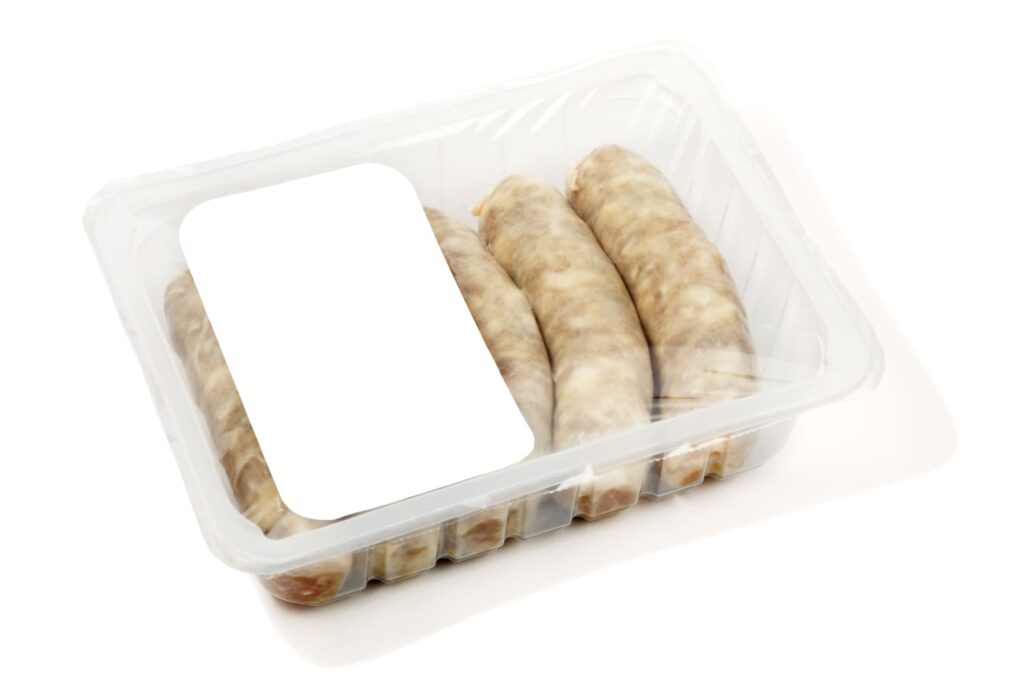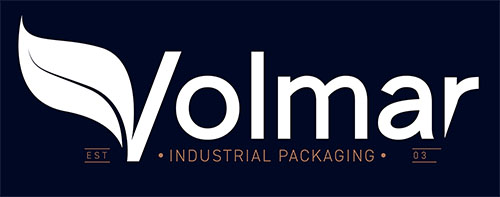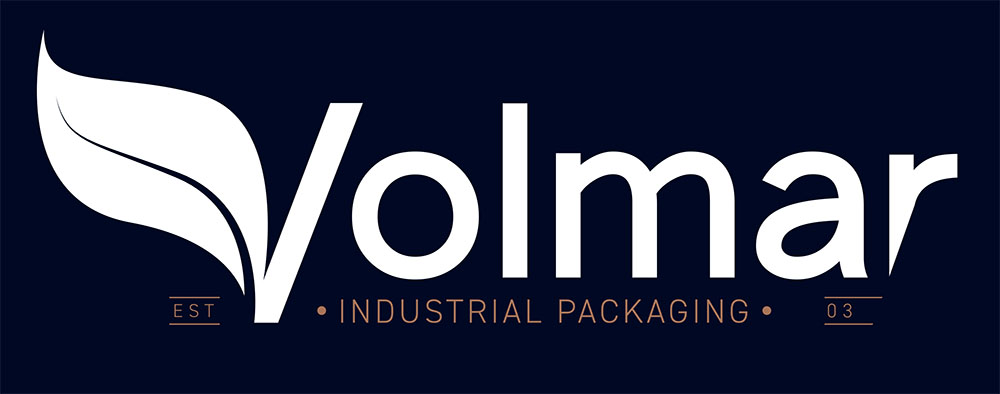
Modified atmosphere and controlled atmosphere are two different preservation methods used to increase the shelf life of food products. However, although they have similarities, they are two different techniques that involve different packaging processes.
These two methods of packaging are mainly used for perishable food and they require specific materials, machines and additives. Let’s see what modified atmosphere and controlled atmosphere mean and what the main differences and uses are in the food industry.
What controlled atmosphere means for food
Controlled atmosphere is a packaging technique that prevent food from coming into contact with oxygen and oxidation and extend the shelf life period.
In the controlled atmosphere packaging process, air is removed from the inside of the packaging, it is replaced with a mixture of gases and hermetically sealed.
Using this method, the atmosphere inside the packaging is controlled due to the presence of a specific mixture of gases according to the type of product and the storage performance. The gases that can be used in the mixture include:
- Oxygen
- Carbon dioxide
- Hydrogen
- Nitrogen
After the initial processing, the mixture of gases remains stable over time, generally at a temperature of around 3–4°C, and allows the product to be preserved for up to 6 or 8 months. The gases used are considered additives, so they are identified by standard acronym acknowledged across Europe (e.g. E290 for carbon dioxide, E941 for nitrogen and E948 for oxygen).
Modified and controlled atmosphere: what are the differences?
There are substantial differences between controlled atmosphere and modified atmosphere. With controlled atmosphere, the air is replaced with a mixture of gases, while with modified atmosphere the concentration of oxygen inside the packaging is reduced (and sometimes the concentration of carbon dioxide is increased) to extend the shelf life of perishable food products and avoid the proliferation of microorganisms.
Modified or protective atmosphere packaging does not control the mixture of gases, and the interaction between the food and the atmosphere inside changes the original mixture during storage. On one hand, in the modified atmosphere, the food interacts with the gases inside the packaging, and on the other hand in the controlled atmosphere, the mixture of gases remains stable and uniform.
Which is better, controlled or modified atmosphere packaging?
There isn’t actually a better technique between controlled and modified atmosphere. Both are useful in certain circumstances and should be used in specific contexts. Generally speaking, controlled atmosphere is used mainly for food preservation in cold storage or containers where the mixture of gas is constantly controlled.
Modified or protective atmosphere is used for packaging meat, fish, vegetable, fruit, cheese, baked products and pasta, including fresh filled pasta.
Volmar offers a wide range of high-quality solutions for protective atmosphere packaging, including vacuum-sealed packaging, pillow bags, flow packs, rigid and laminated paper films made from composite materials, which are compatible with modified atmosphere packaging (MAP) systems.

